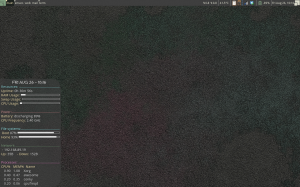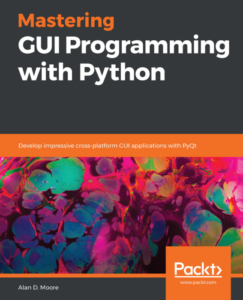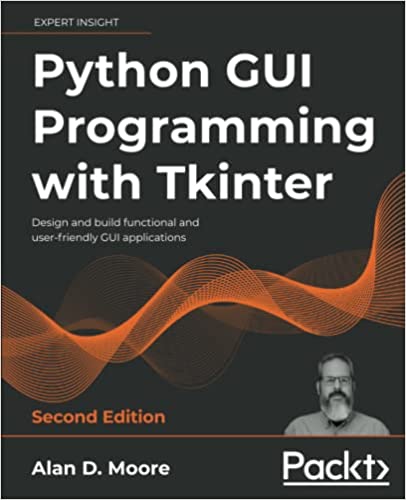Well, as long as I’m doing stuff to the site, that main page needed an
overhaul BAD!!!!
So I rearranged the menu, created a new stylesheet, and removed all the
fanboyish anti-IE nonsense. The site looks pretty consistent in IE9,
and if you’re using older versions of IE you’re probably going to have
to get used to things looking like junk.
Because frankly, if a browser doesn’t support border-radius, box-shadow, or text-shadow, I can’t be bothered to go make jpegs or do some javascript nonsense just to make things pretty for old-and-busted browser. Sorry.



Well, I guess I really did join the herd…
WordPress powers 14.7 per cent of the top million web sites – The H Open Source: News and Features.
I knew WordPress was popular, but jeepers!